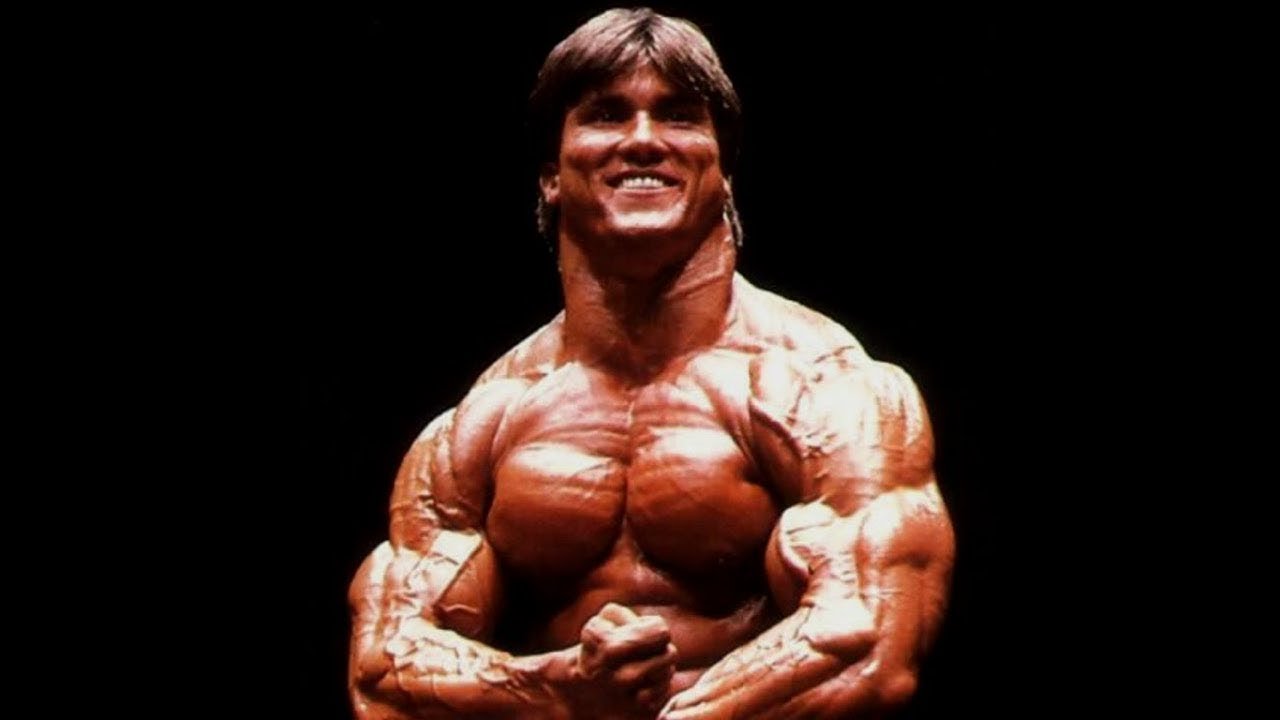Deleted member 17301
Bronze
- Joined
- Jan 18, 2022
- Posts
- 396
- Reputation
- 348
Very good thread. thank you very much bro. I'm a neckcel and my neck is long too so this is one of my biggest issues I need to fix.
shut the fuck up dumb bitch stop derailingIn fact, very useful, too bad I find a much better version on google






